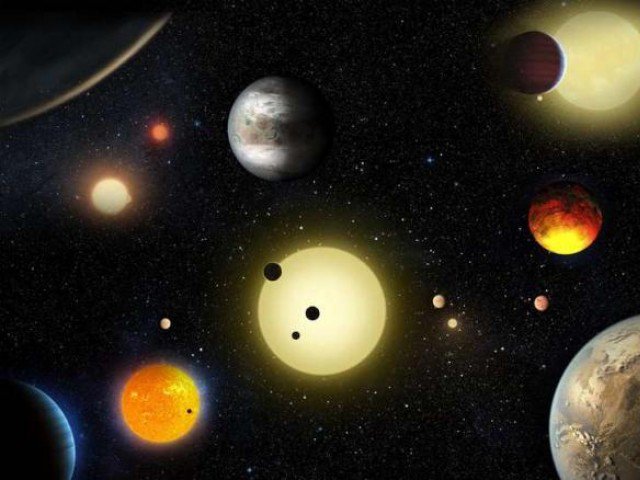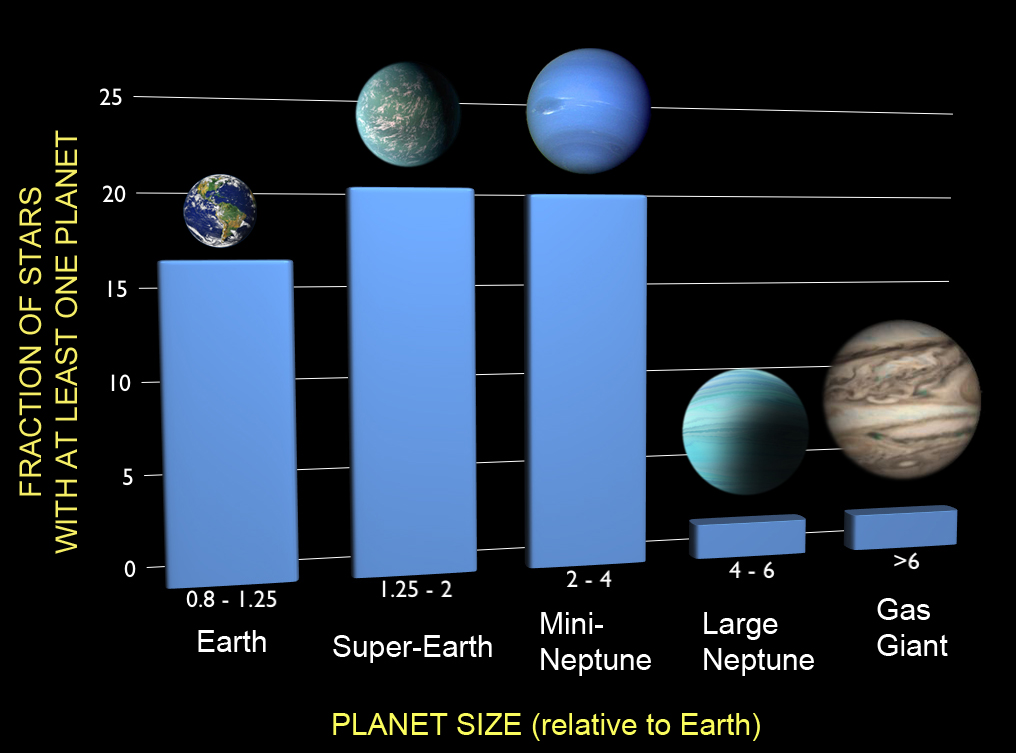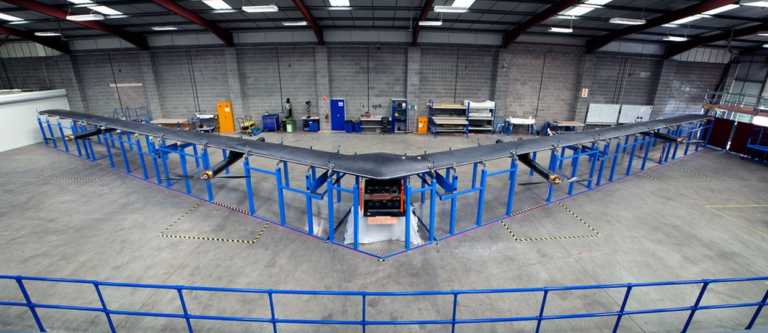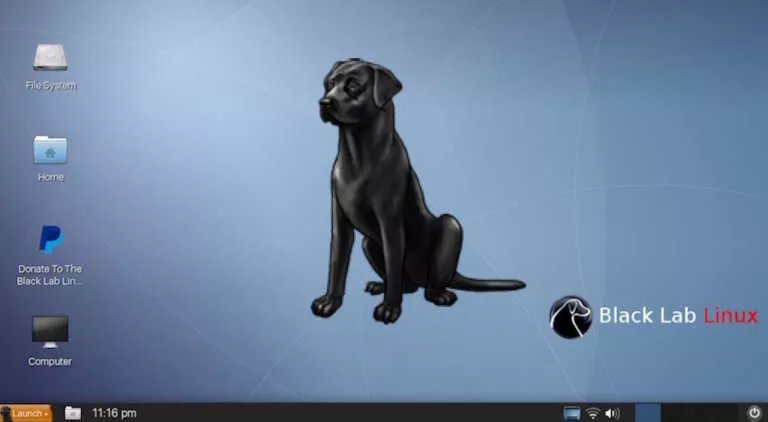NASA Discovers 10 More Earth-size-Planets in the Total Count of 219 Exoplanets in Our Galaxy

Short Bytes: In a news conference held in Silicon Valley, California, NASA revealed the existence of 10 more Earth-size-planets within the range of Goldilocks zone. In total, 219 exoplanets have been discovered. Ten of which are supposed to potentially support life on them. The data is so far Kepler’s best discovery which will assist NASA Researchers for their future missions.
NASA Researchers revealed that there exists 10 more planets similar to Earth in size and are within the Habitable zone of stars. The research was programmed under NASA’s Kepler Mission, which identified the existence of 219 more exoplanets, including the 10 Earth-like-planets.“The Kepler data set is unique, as it is the only one containing a population of these near Earth-analogs – planets with roughly the same size and orbit as Earth,” said Mario Perez, Kepler program scientist in the Astrophysics Division of NASA’s Science Mission.
The data shared is the result of the final analysis of the Kepler’s four years space program from 2009 to 2013. NASA’s Kepler’s telescope discovered the existence of a total of 4,034 exoplanets in our Galaxy.

At a news conference in Silicon Valley, California, Kepler’s scientist Mario Perez specified all facts of their research on Monday. According to the data, there are two distinct sizes to these 10 exoplanets. The first size includes the rocky Earth-size planet or the size bigger than the Earth (Super-Earths). The second size includes the gaseous Neptune-like planet or mini-Neptunes.
Kepler’s latest discoveries were based on a limited part of galaxy – the Cygnus constellation. But its later missions were conducted in other parts of the galaxy as well. That turned to the K2 Mission.
The information gathered about these Earth-size-planets will help NASA to accomplish and plan their future missions. Also, it would clear a lot of questions regarding the presence of life elsewhere in our galaxy.
Kepler’s Mission is one of NASA’s greatest achievement and discoveries. For now, there are only three planets within the Goldilocks Zone – Mars, Venus, and Earth. Researchers are therefore keen on knowing more planets within this zone that may support life.
Kepler’s research will end in the month of October.
Want to comment or add anything to the matter? You may drop a line below.
Also Read: How NASA Plans To Discover Other Earths With The Help Of Starshade






